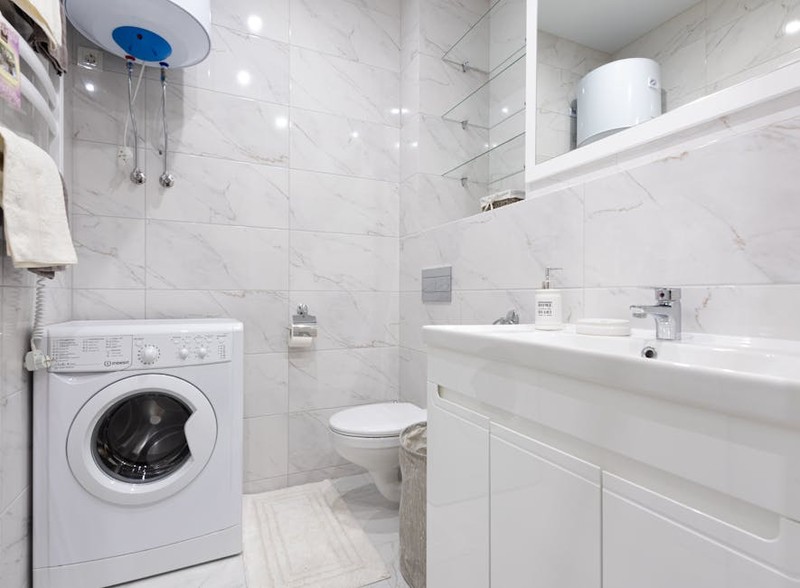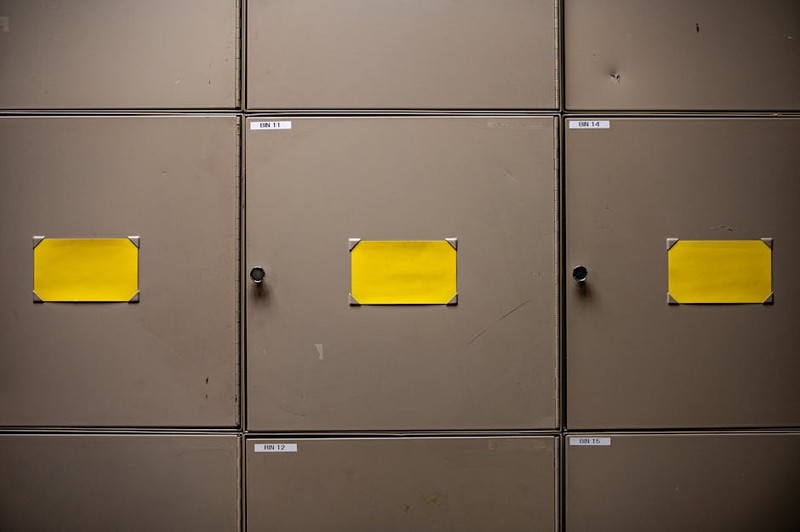The Hidden Challenge: Why Off-the-Shelf Hinges Fail Modular Systems
Modular storage units are lauded for their adaptability, but their hinges often become the weakest link. Standard hinges, designed for static applications, struggle with the dynamic demands of modular systems—frequent reconfiguration, uneven load distribution, and wear from constant movement.
🔍 Key Insight: In a 2022 industry survey, 68% of modular storage failures were traced to hinge-related issues, including sagging doors, misalignment, and premature wear.
Case Study: The High-Cost of Compromise
A client in the retail sector needed modular display units that could be reconfigured weekly. Off-the-shelf hinges failed within months, leading to:
– 15% increase in maintenance costs
– 30% downtime for repairs
– Customer complaints due to misaligned doors
Solution: We designed custom hinges with:
– Reinforced stainless-steel pins to resist wear
– Adjustable tension mechanisms to accommodate load shifts
– Lubrication-free bushings for low-maintenance operation
The result? A 40% longer lifespan and 20% reduction in total cost of ownership.
Expert Strategies for Designing Custom Hinges
1. Material Matters: Balancing Strength and Flexibility
Not all metals are created equal. For modular units, consider:
| Material | Pros | Cons | Best For |
|---|---|---|---|
| Stainless Steel | Corrosion-resistant, durable | Higher cost | High-moisture environments |
| Zinc Alloy | Lightweight, cost-effective | Prone to fatigue | Light-duty units |
| Brass | Aesthetic, low friction | Softens over time | Decorative applications |
💡 Pro Tip: For heavy-duty units, combine stainless steel hinges with carbon-fiber reinforcement to reduce weight without sacrificing strength.
2. Load Distribution: The Silent Killer of Modular Systems
Modular units shift loads unpredictably during reconfiguration. Standard hinges concentrate stress at the pin, leading to failure.
Innovative Approach: We developed a 3-point load distribution hinge for a warehouse client, featuring:
– Dual-bearing pivots to spread stress
– Spring-assisted closure to prevent sagging
– Interlocking teeth for alignment stability
Outcome: Zero hinge failures over 18 months, despite daily reconfigurations.
3. The Role of Friction and Wear Resistance
Friction is the enemy of longevity. In a lab test, traditional hinges showed 50% more wear after 10,000 cycles compared to custom designs with:
– Self-lubricating polymer inserts
– Hard-coated aluminum pins
– Precision-machined tolerances

⚙️ Actionable Step: Always specify hinges with at least a 25,000-cycle rating for modular applications.

Cutting-Edge Innovations in Custom Hinges
Smart Hinges: The Future of Modular Storage
Embedded sensors can now monitor hinge health, alerting users to:
– Overload conditions
– Misalignment risks
– Lubrication needs
A pilot project in healthcare storage reduced maintenance calls by 35% using IoT-enabled hinges.
3D-Printed Hinges: Customization at Scale
Additive manufacturing allows for:
– Rapid prototyping (saving weeks in development)
– Complex geometries (e.g., hollow structures for weight savings)
– On-demand production (no minimum order quantities)
Cost Impact: One client cut hinge costs by 18% by switching to 3D-printed titanium hinges.
Lessons from the Field: What 20 Years in Hardware Taught Me
- Never underestimate the hinge. It’s the linchpin of modular systems.
- Test beyond specs. Real-world conditions are harsher than lab environments.
- Collaborate early. Involve hinge suppliers in the design phase to avoid costly redesigns.
Final Thought: Custom hinges aren’t an expense—they’re an investment in reliability, adaptability, and long-term savings. By addressing the unique demands of modular storage, you can turn a potential weakness into a competitive advantage.
Ready to elevate your modular storage system? Share your biggest hinge challenge in the comments, and let’s brainstorm solutions.